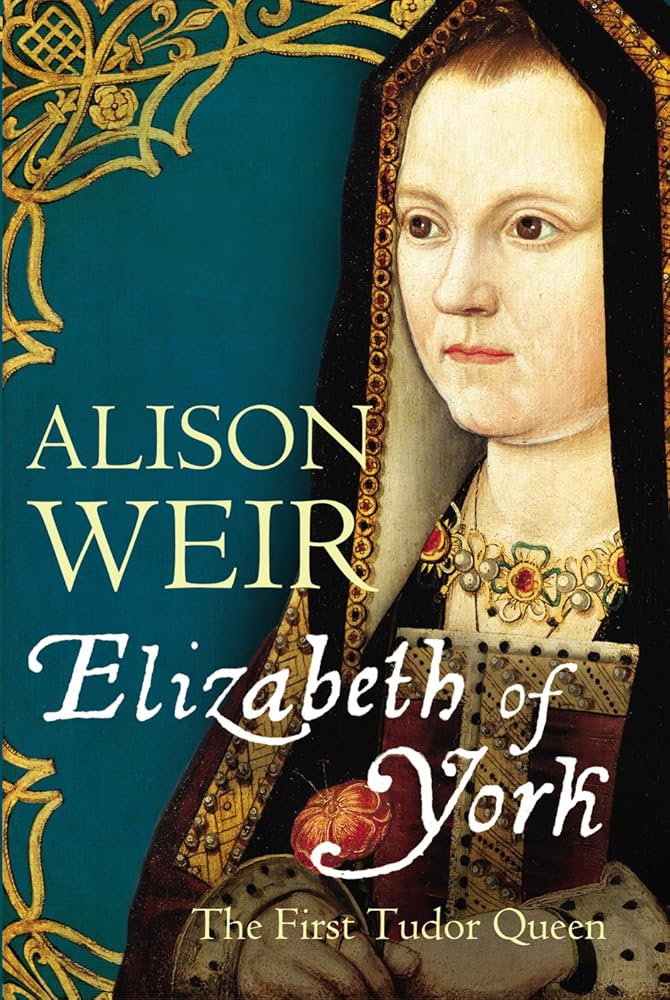Jonathan Cape
Elizabeth of York: The First Tudor Queen, Alison Weir
Elizabeth of York: The First Tudor Queen, Alison Weir
Couldn't load pickup availability
Bestselling historian Alison Weir tells the poignant, suspenseful and sometimes tragic story of Elizabeth, eldest daughter of the Yorkist King Edward IV and sister of the Princes in the Tower, a woman whose life was inextricably caught up in the turmoil of the Wars of the Roses and the establishment of the usurping Tudor dynasty. She was the wife of Henry VII and mother of Henry VIII.
Elizabeth of York would have ruled England, but for the fact that she was a woman. She is one of the key figures of the Wars of the Roses and the Tudor dynasty. In youth, she was relegated from a pampered princess to a bastard fugitive under siege in sanctuary. Yet the probable murders of her brothers, the Princes in the Tower, left her heiress to the royal House of York. In 1486, to consolidate his position after overthrowing the last Yorkist King, Richard III, at the Battle of Bosworth, Henry VII, first sovereign of the House of Tudor, married Elizabeth, thus uniting the red and white roses of Lancaster and York. The marriage was successful and produced seven children, including the future Henry VIII, who was close to her.
But Elizabeth is an enigma. She had schemed to marry Richard III, the man who had deposed and killed her brothers, and his councillors clearly feared her vengeance. Yet after marriage, her ambition to be queen satisfied, a different picture emerges, as she proved herself a model consort, mild, pious, generous, fruitful -- and beautiful. It has often been said that she was kept in subjection by Henry VII and her powerful mother-in-law, Margaret Beaufort, who ruled the court as a virtual queen mother; and that her husband resented having this Yorkist princess in his bed, and allowed her no power. Yet contemporary evidence suggests that this is a distorted view.
In Elizabeth of York, Alison Weir builds a portrait of this beloved queen, placing her in the context of the magnificent, ceremonious, often brutal world she inhabited, and revealing the woman behind the image.
Share


